Call Us
Send Us A Message
Get a Quote
There is a 100 piece minimum to work with a sales rep.
Screen Printing: 25 pieces minimum
Embroidery: 3 pieces minimum
Water-based Transfers: 1 pieces minimum
Direct-To-Garment: 1 pieces minimum
Patches: 25 pieces minimum
Office: (323) 261-8700
9 AM - 5:30 PM PST
Chat Available 9 AM - 2 AM PST
Back
Your dedicated account rep is here to keep you updated and offer real time suggestions and project navigation every step of the way. Online ordering and live price quotes available here.
This will help us tailor the experience depending on your experience and know how to best support you.
Select one or as many of the services below you are interested in.
If you need help to identify the correct product for the correct demographic at the correct price point, select "I need help searching" and we will ask you a few additional questions to allow us to submit the best options for your project.
We want to make sure your recipients will love and wear the merch you create time and time again. These questions will really help us identify the products that will best fit your audience.
Please make sure that you have reached minimum order quantity for preferred option. MOQ descriptions you can find
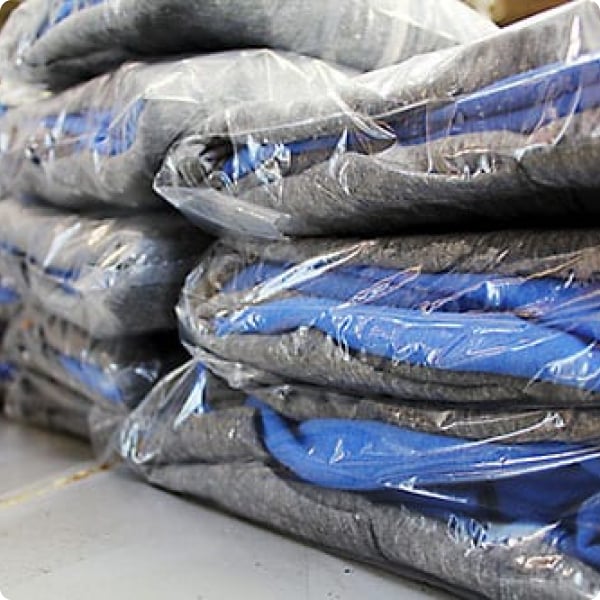
DTLA Print has an in house finishing department in its facility with trained individuals to professionally fold and bag your garments. Bags can be provided with customizable options, however we use a 1 mill flat poly bag which can be air sealed or taped shut.
$0.95/Shirt
+ 2 days
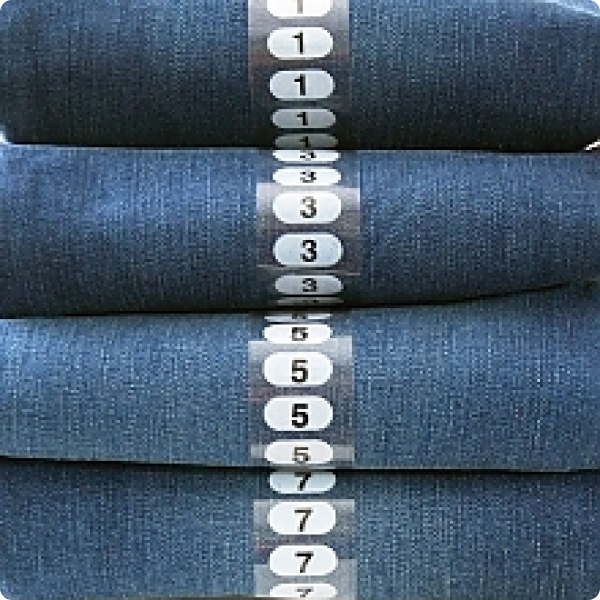
Add a size sticker to the outside of each garment or poly bag to easily identify the size of a garment. Packages do come separated by size how ever many retailers and fulfillment centers do require these stickers.
$0.65/Shirt
+ 2 days
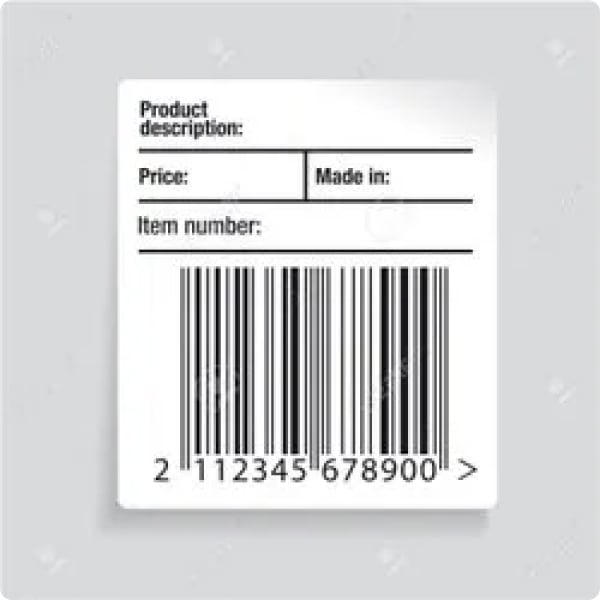
We will print & apply a custom UPC label for any retailer, 3rd party logistics or fulfillment partner you work with.
$0.75/Shirt
+ 2 days
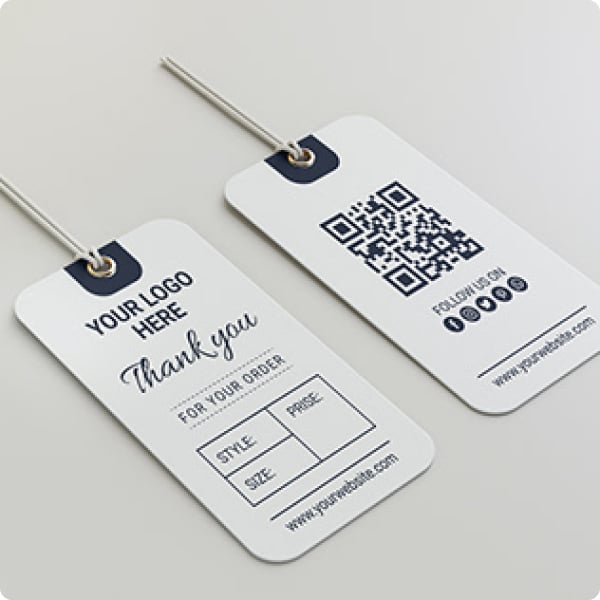
Incorporating price tickets and hang tags securely with a pin, while offering a diverse array of sizes, colors, and finishes, significantly enhances the perceived quality and overall appeal of your garment. Additionally, not only elevate the garment’s perceived value but also provide essential product information, giving your customers a more informed and satisfying shopping experience.
$1.8/Shirt
+ 14 days
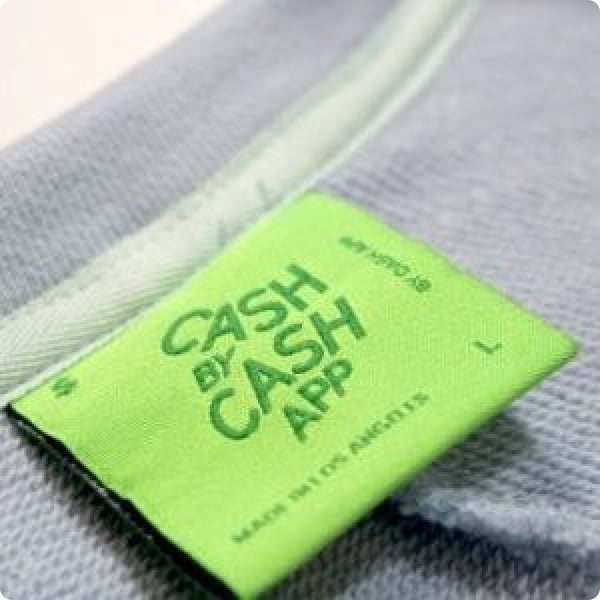
Create a fully custom woven main label. Includes the actual label itself and the sewing of the label. We will reach out to discuss the woven label material choices, shapes, and design. Please note this does add extra business days to the production time.
$2.75/Shirt
+ 14 days
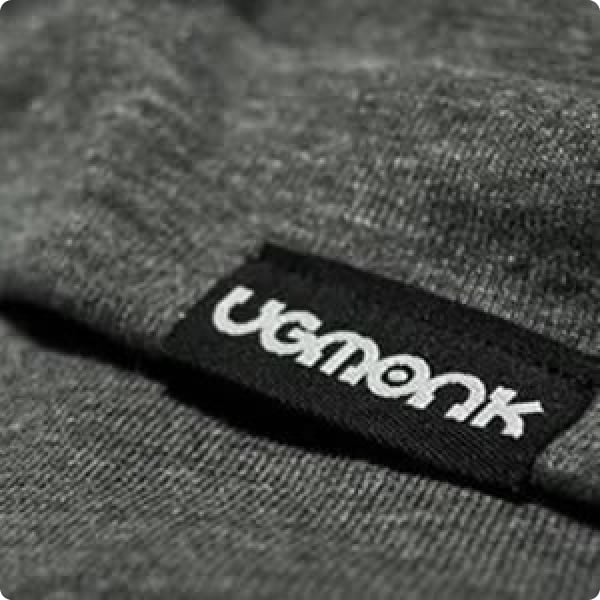
Create a fully custom woven hem label. Similar to the main label, this includes the actual label itself and the sewing of the label. We will reach out to discuss the woven label material choices, shapes, and design. Please note this does add extra business days to the production time. Hem labels go anywhere except the neck label of a garment.
$1.85/Shirt
+ 14 days
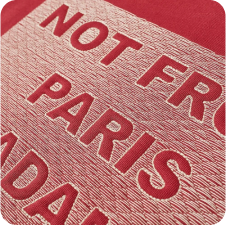
4.5” W but larger can be requested
Not common, but possible
PSD, AI, PDF, EPS, PNG
12
Metallic & 3D Puff
Scaled to size or larger with transparent background
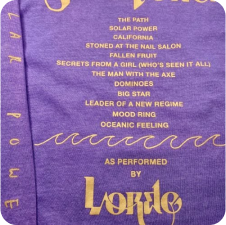
3” - 12” depending on location
15x18” *special request
PSD, AI, PDF, EPS, PNG
8
3M Reflective, Water-based, Plastisol, Puff, Etc...
Scaled to size or larger with transparent background
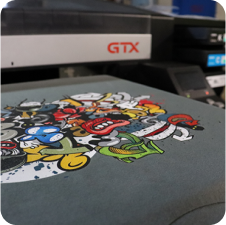
15x18”
PNG preferred, ( also acceptable; PSD, AI, PDF, EPS, JPG )
Unlimited
300 DPI scaled to size or larger with a transparent background
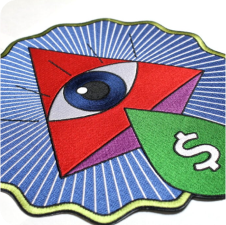
10x13.5”
PNG preferred, ( also acceptable; PSD, AI, PDF, EPS, JPG )
Unlimited
300 DPI scaled to size or larger with a transparent background
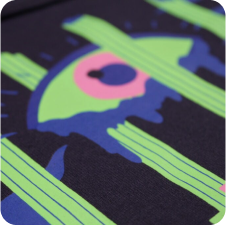
15x18”
PNG preferred, ( also acceptable; PSD, AI, PDF, EPS, JPG )
Unlimited
300 DPI scaled to size or larger with a transparent background
Upload Mockups
Don’t worry! Every order is triple checked even if it does not look perfect in this demo.
Max File Size: 15 MB. For any files larger than 15MB please send via wetransfer.com or dropbox.com and share with sales@dtlaprint.com
Tax exemption is the reduction or removal of a liability to make a compulsory payment that would otherwise be imposed by a ruling power upon persons, property, income, or transactions. Tax-exempt status may provide complete relief from taxes, reduced rates, or tax on only a portion of items. Examples include exemption of charitable organizations from property taxes and income taxes, veterans, and certain cross-border or multi-jurisdictional scenarios.
*Only orders shipped with in California are charged tax unless a a valid CA resale form is provided.
Production time is separate from shipping
If you're in a hurry to receive your order, we offer an expedited service to fast-track the production process. While this option incurs additional charges, it ensures you get your product sooner. However, if time is not a pressing concern, you can stick to our standard production schedule at no extra cost. We believe in providing you with the flexibility to choose the timeline that best suits your needs.
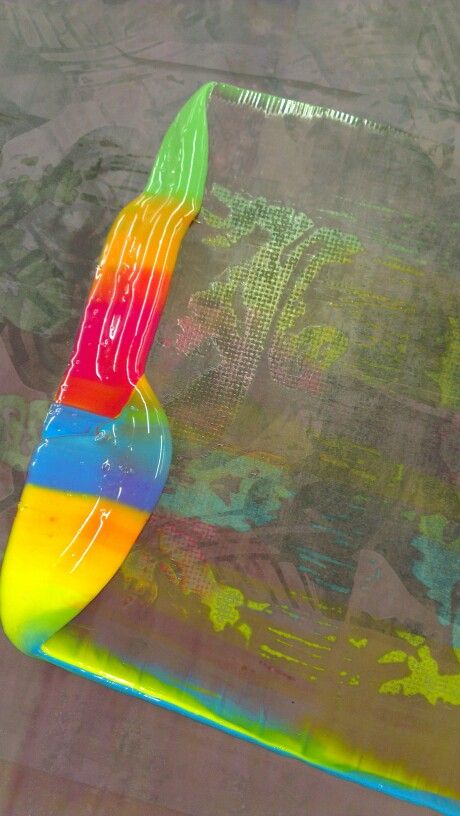
Textile printing is a fascinating and essential process in the world of fashion and fabric design. Unlike dyeing, which covers the entire fabric uniformly with one color, textile printing involves applying color to fabric in specific patterns or designs. This process allows for the creation of intricate and vibrant patterns that can resist washing and friction, making them durable and long-lasting. In this blog post, we will explore the various methods of textile printing, each with its unique techniques and applications.
Block printing is one of the oldest and most traditional methods of textile printing. It involves using hand-carved wooden blocks to apply print paste onto the fabric. The design on the block stands out in relief against the background surface. The process is repeated with different designs and colors until the pattern is complete. While block printing produces beautiful and unique designs, it is a slow and labor-intensive process, making it unsuitable for high-volume commercial use.
Screen printing is a versatile and widely used method of textile printing. This technique uses a mesh screen to transfer ink onto the fabric, except in areas made impermeable to the ink by a blocking stencil. A blade or squeegee is used to fill the open mesh apertures with ink, and a reverse stroke causes the screen to touch the fabric, transferring the ink. Multiple screens can be used to produce multicolored designs, making screen printing ideal for creating complex patterns.
Roller printing is preferred for long production runs due to its high-speed capabilities. This technique involves using a separate printing roller for each color being printed. Each roller rotates over the fabric under pressure against an iron pressure roller. Roller printing can simultaneously print up to a dozen different colors, making it highly efficient for large-scale production.
Heat transfer printing involves transferring a design from one medium to another using heat. The design is initially printed on special paper using conventional printing machinery. The paper is then placed in close contact with the fabric and heated, causing the dye to sublimate and transfer to the fabric through the vapor phase. This method is popular for detailed and vibrant prints.
Digital textile printing, also known as direct-to-garment printing (DTG), uses inkjet technology to print directly onto textiles and garments. This method allows for the creation of intricate and detailed designs without the need for screens or rollers. Digital textile printing is ideal for small runs and custom designs, providing a high degree of flexibility and precision.
Burnout printing creates raised designs on fabric by applying a special chemical that destroys one type of fiber in a fabric made of pairs of different fibers. This method is often used on velvet to create intricate and textured designs. The chemical action results in a unique raised pattern that adds depth and interest to the fabric.
Discharge printing is performed on piece-dyed fabrics, where patterns are created by removing color rather than adding it. This method is typically used on dark backgrounds, allowing for the creation of intricate and contrasting designs. Discharge printing is valued for its ability to produce sharp and clear patterns.
Textile printing offers a wide range of methods, each with its unique advantages and applications. From traditional block printing to modern digital textile printing, these techniques allow designers to create intricate, vibrant, and durable patterns on fabric. Whether you’re looking for high-speed production with roller printing or custom designs with digital printing, there’s a textile printing method to suit every need. Understanding these methods can help you choose the right technique for your fabric printing projects, ensuring the best results for your designs.
In partnership with onetreeplanted.org
In partnership with onetreeplanted.org
Please provide the best contact number for our team to reach out to you on, your account rep will reach out within 24-48 business hours.
A 100 piece minimum is needed for an account rep to handle your order.